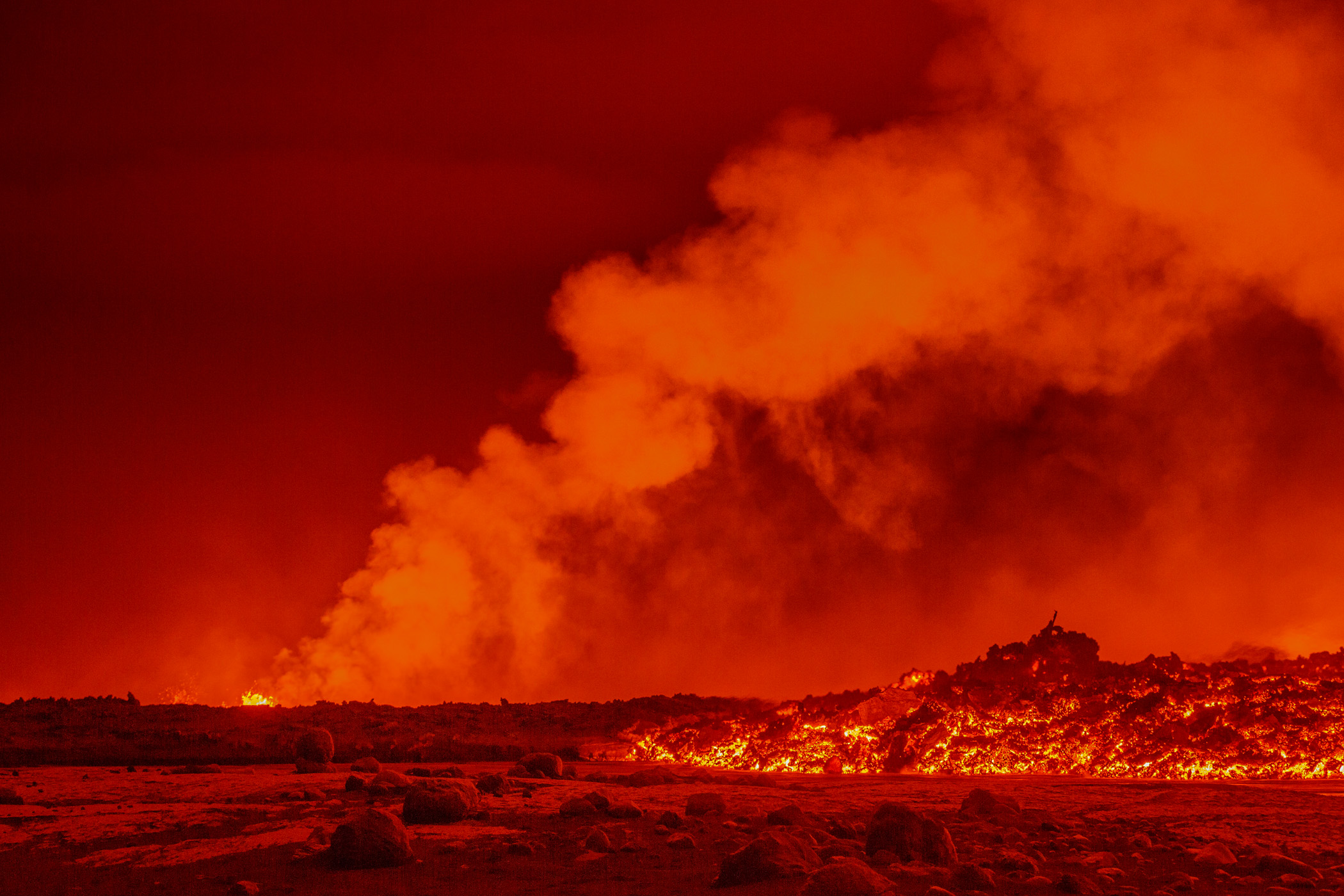
Update: Sept. 3, 1:56 p.m.
Ragnar Th. Sigurdsson has been photographing volcanoes in Iceland for four decades, so it makes sense that he’s keeping a close eye on the latest activity at Bardarbunga, which rests on the northwestern edge of the Vatnajokull ice cap.
Bardarbunga, which is classified by Iceland’s meteorological office as its second highest mountain, is topped with glacial ice. Officials say the current bout of seismic activity began on Aug. 16 after a gradual intensification over the past seven years.
While this volcano has not yet led to the same transportation mayhem that the Eyjafjallajokull eruption did in 2010, when more than 100,000 flights were canceled and Europe’s airspace was closed for six days over fears that billowing ash could harm aircraft engines, travel warnings have been elevated to “orange,” which means the volcano “shows heightened or escalating unrest with increased potential of eruption.”
Sigurdsson, 56, of Arctic Images, is based near the Icelandic capital, Reykjavík. He and a friend traveled an hour and a half in a two-seater plane from Akureyri, in the north, to Bardarbunga and the nearby Holuhraun lava field. No one lives at this barren location, but heavy seismic activity to the north has led to closed roads and the evacuation of tourists.
“We flew as close as we possibly could — and legally permitted,” Sigurdsson tells TIME. Officials had briefly raised the warning to “red” after a fresh lava eruption, which barred their aircraft from descending lower than 6,000 ft.
Sigurdsson seated himself behind the pilot and opened a window to shoot. Heavy turbulence made for a rough session, though. “I was strapped down into my seat and was still thrown up to the ceiling,” he says. In terms of gear, Sigurdsson used a Canon 5D Mark III with a 70-200mm lens, as well as two Sony cameras with a 24-70mm lens.
“We would stay upwind at all times,” he says, adding that the plane could only spend just less than an hour at the site. “We did some circles around the volcano, and then we had to leave because the weather was getting so much worse.”
Sigurdsson knows the scenes look intense but relishes working in such extreme environments. “It looks like we are daredevils or Indiana Jones or something,” he says, “but we were playing it safe. We knew exactly what we were doing.” Still, with thousands of earthquakes over the past few weeks, there are concerns that a big one could open up another fissure, which could lead to a large eruption.
He returned the next day under better weather conditions.
TIME will be publishing more exclusive images from Sigurdsson as events progress.
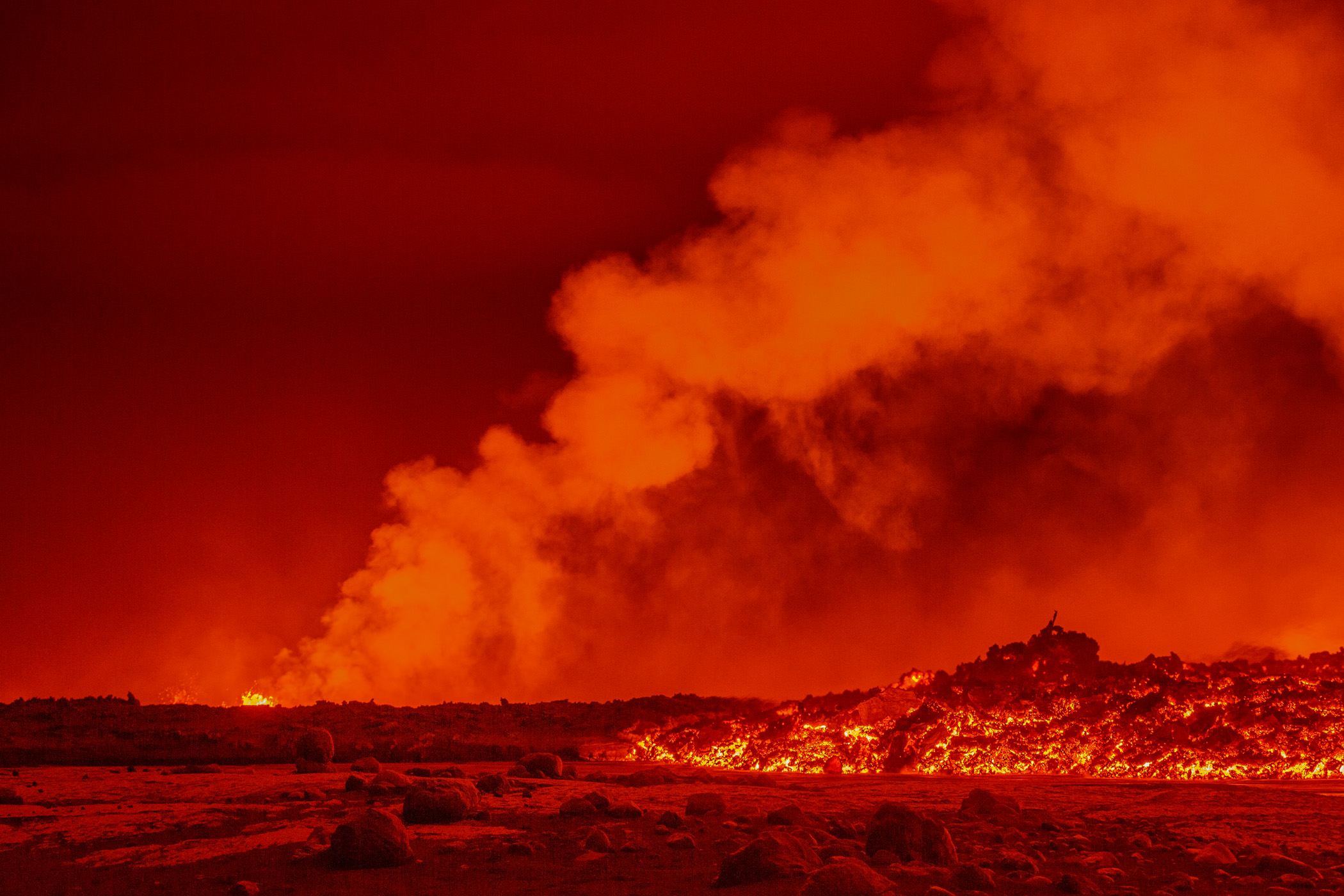



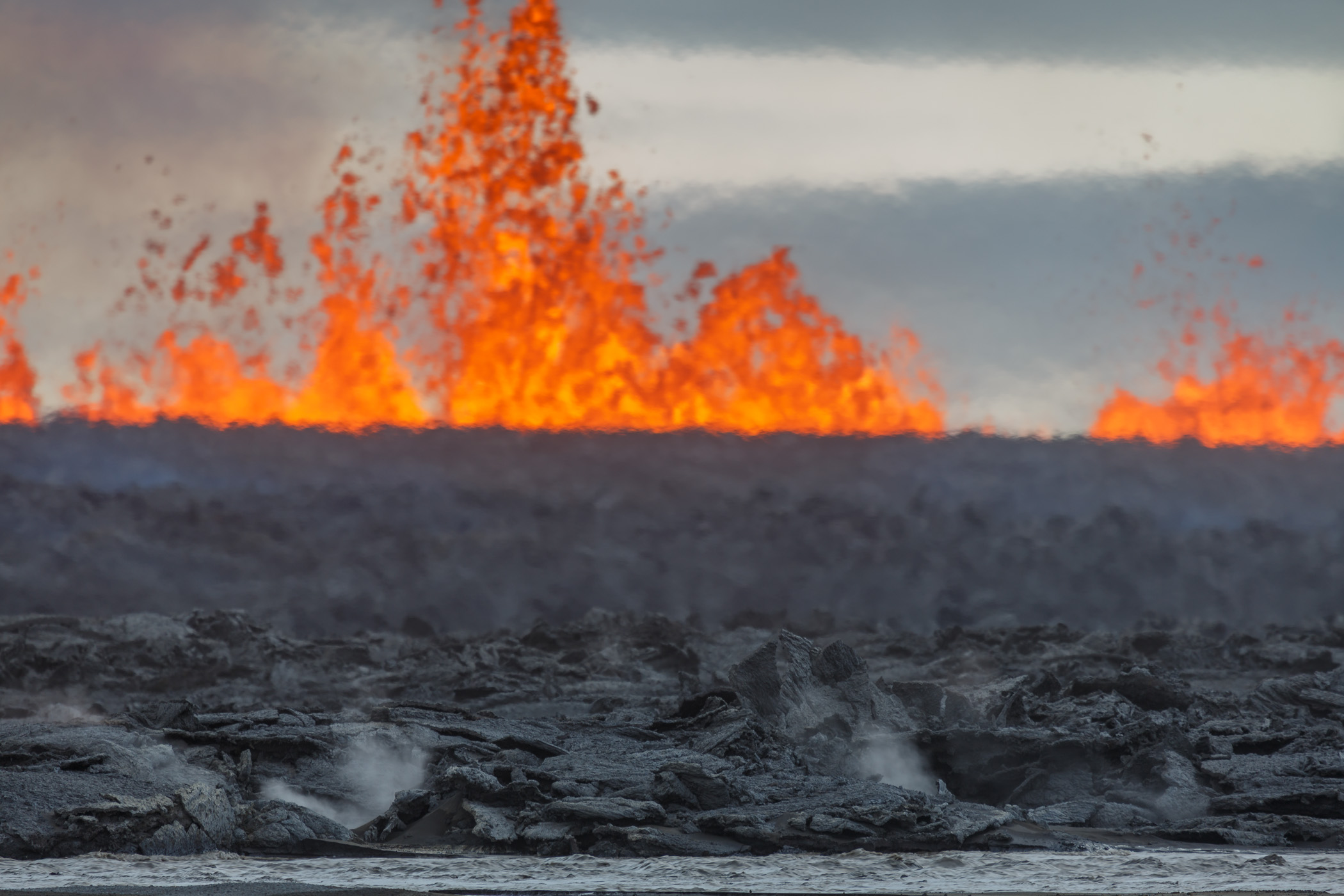



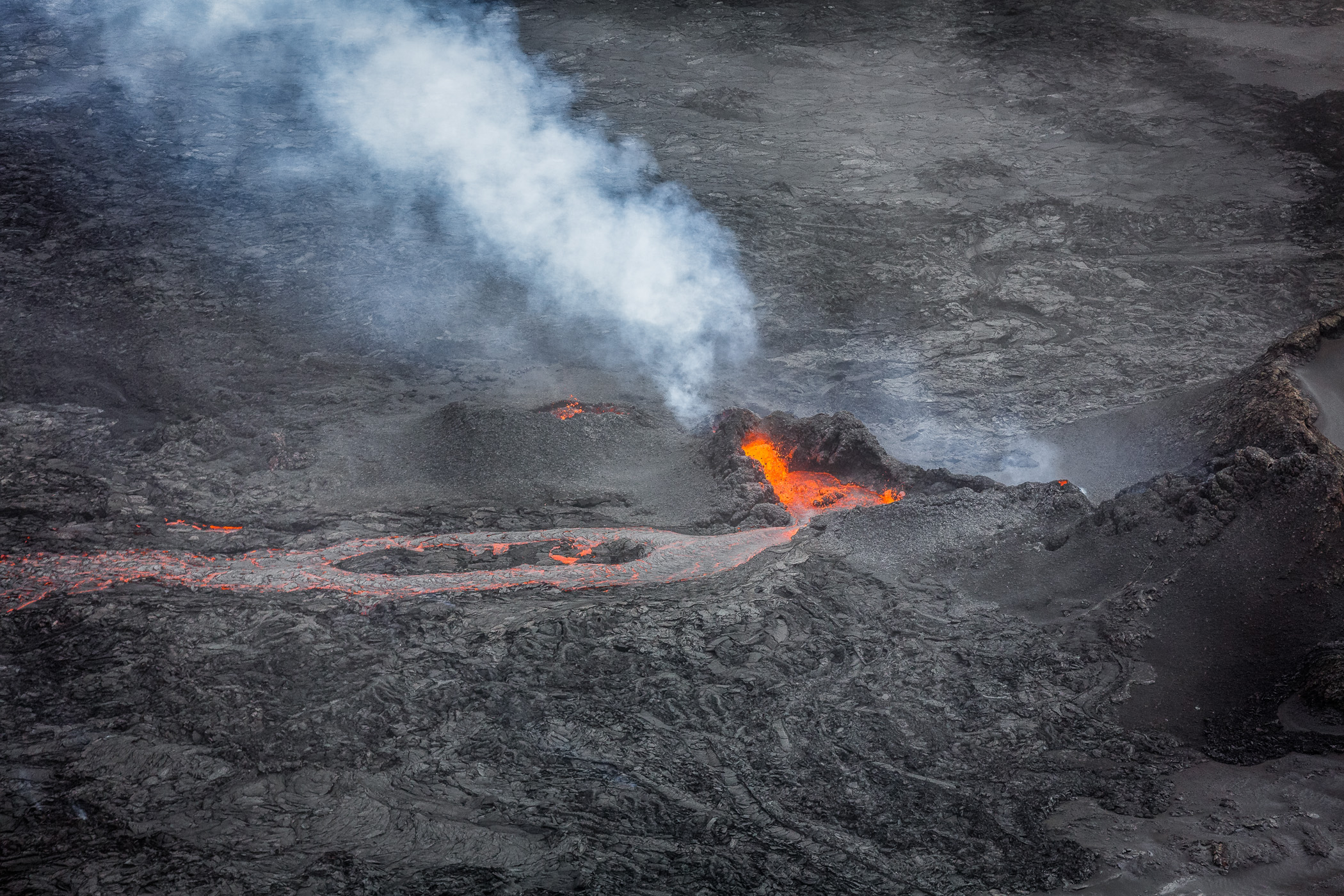
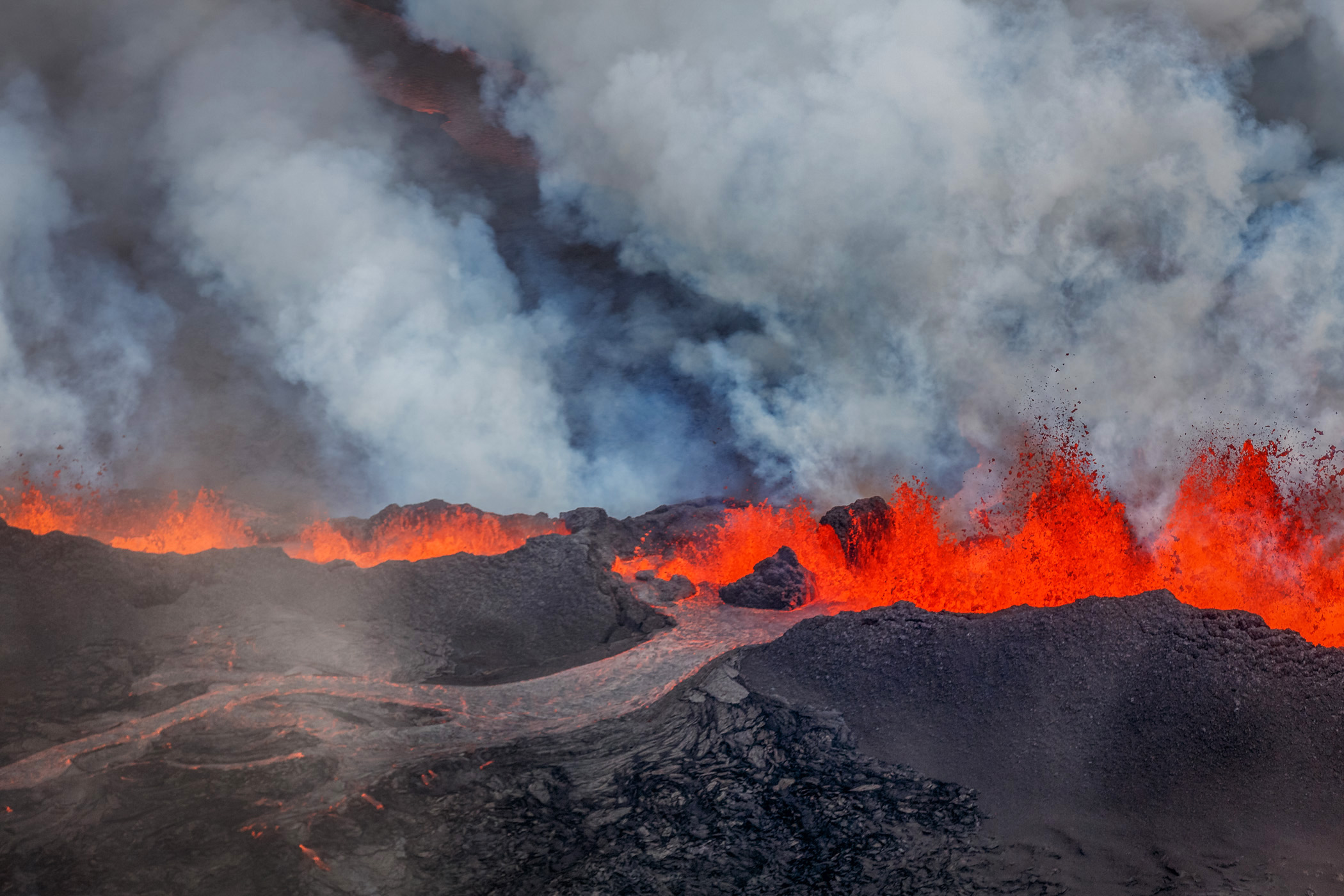

More Must-Reads from TIME
- Why Trump’s Message Worked on Latino Men
- What Trump’s Win Could Mean for Housing
- The 100 Must-Read Books of 2024
- Sleep Doctors Share the 1 Tip That’s Changed Their Lives
- Column: Let’s Bring Back Romance
- What It’s Like to Have Long COVID As a Kid
- FX’s Say Nothing Is the Must-Watch Political Thriller of 2024
- Merle Bombardieri Is Helping People Make the Baby Decision
Contact us at letters@time.com